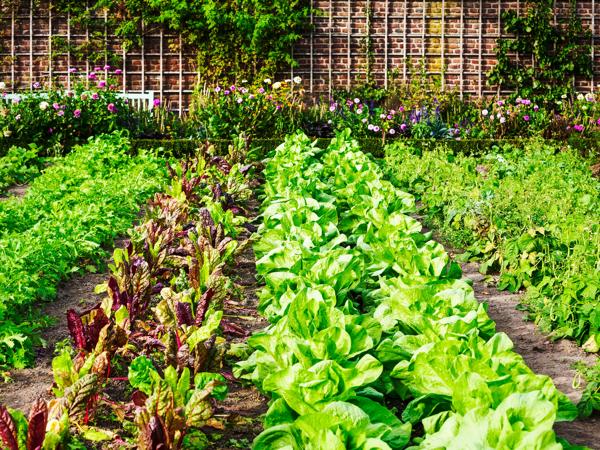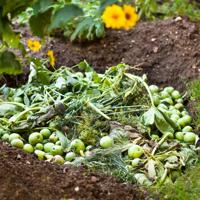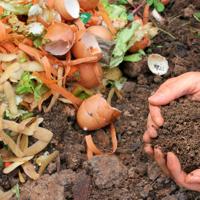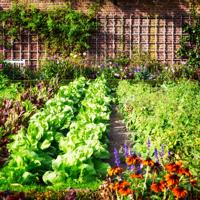Crop rotation is a nuanced and conscientious practice among gardeners that seeks to enhance soil health and improve garden yield. By thoughtfully rotating crops in your garden, you not only help maintain soil fertility but also manage pest and disease cycles.
Understanding Crop Rotation
At its core, crop rotation involves changing the type of crop grown in a particular area with each season or year. This practice has been part of sustainable agriculture for centuries, aimed at giving nutrients back to the soil and breaking pest or disease life cycles.
The Science Behind Crop Rotation
The premise of crop rotation is based on the diverse nutrient requirements of different plant families. For instance, legumes like peas and beans can fix nitrogen in the soil, aiding nutrient buildup. In contrast, heavy feeders like tomatoes can deplete soil nutrients.
Benefits of Crop Rotation
-
Nutrient Management: Different plants consume varying nutrients. Switching plants helps balance the nutrient levels in the soil.
-
Pest and Disease Control: Pests and diseases often target specific plant families. Rotating crops helps disturb their cycles.
-
Soil Structure and Fertility: Crop rotation encourages a varied root structure in the soil, enhancing aeration and reducing erosion.
Planning Your Crop Rotation
To start with crop rotation, it’s important to classify plants into families, as plants within the same family often have similar nutrient and pest concerns. Here’s a brief overview of some common plant families:
- Legumes (e.g., beans, peas): Known for nitrogen fixation.
- Brassicas (e.g., cabbage, broccoli): Often need replenished nitrogen levels.
- Nightshades (e.g., tomatoes, peppers): Heavy feeders that use up nutrients.
- Alliums (e.g., onions, garlic): Tend to be more neutral in nutrient use.
- Roots and Tubers (e.g., carrots, potatoes): May help to break up soil.
A thoughtful crop rotation strategy might look like moving from legumes one year, to heavy feeders like tomatoes the next, followed by leafy greens, and finally root crops.
Example Rotation Plans
Here are some simplistic plans you can consider:
Plan A
- Year 1: Legumes (e.g., peas)
- Year 2: Brassicas (e.g., broccoli)
- Year 3: Roots (e.g., carrots)
- Year 4: Nightshades (e.g., tomatoes)
Plan B
- Year 1: Alliums (e.g., garlic)
- Year 2: Legumes (e.g., beans)
- Year 3: Leafy Greens (e.g., lettuce)
- Year 4: Brassicas (e.g., cabbage)
Relating Rotation to Sustainability
By contributing to soil health and reducing the demand for synthetic inputs, crop rotation can be a valuable tool in sustainable gardening. The garden-to-table movement thrives on such practices. Producing your own food while nurturing the earth encourages a symbiotic bond with nature.
Conclusion
While crop rotation may not solve every gardening challenge, it offers a manageable, thoughtful approach to maintaining soil health and boosting productivity. Trying new strategies in your rotation plans, observing changes, and adapting accordingly seems like a viable path to sustainable gardening.
Emphasizing the cycle of nature and encouraging biodiversity within your garden can be profoundly rewarding. In your sustainable gardening journey, prioritizing these mindful practices could slowly become a staple.
Before implementing specific practices, it’s always useful to seek the latest research and opinions within the gardening community. Some references that may provide deeper insights include:




